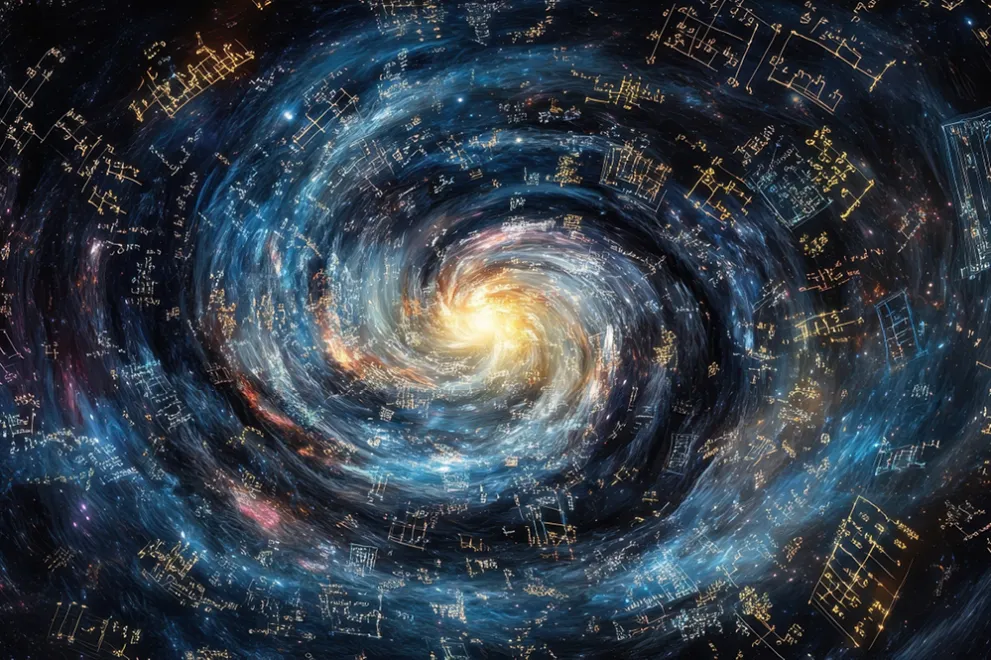To ensure that admission runs smoothly, we have organized it as follows:
- 3:30–3:45 p.m.: Admission for all confirmed registered participants (without waiting list).
- 3:45–3:55 p.m.: Admission for confirmed registered participants and people on the waiting list, as long as places are available.
Please note:
For organizational reasons, guaranteed admission for registered participants can only be guaranteed until 3:45 p.m. We therefore kindly ask you to arrive on time.

